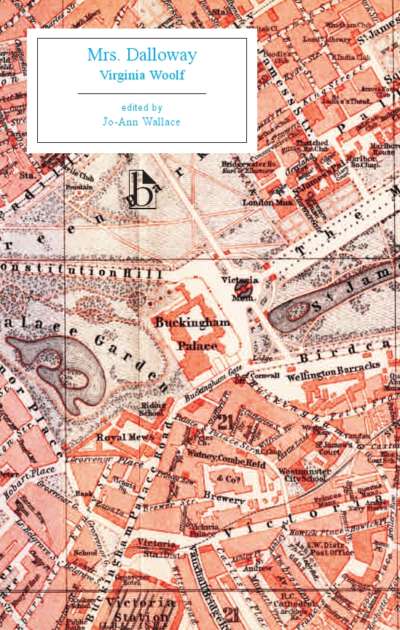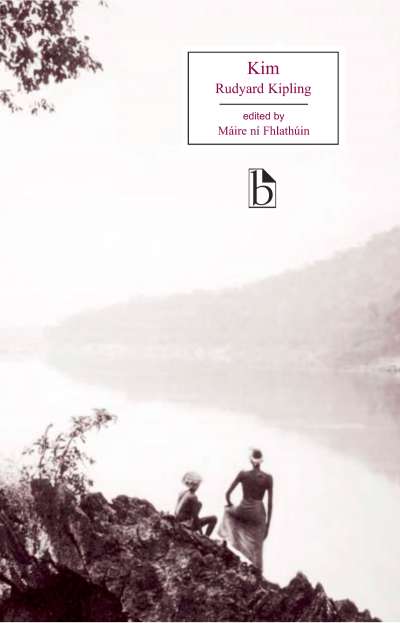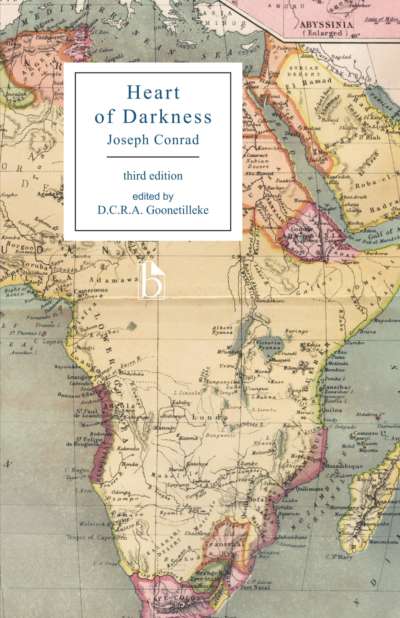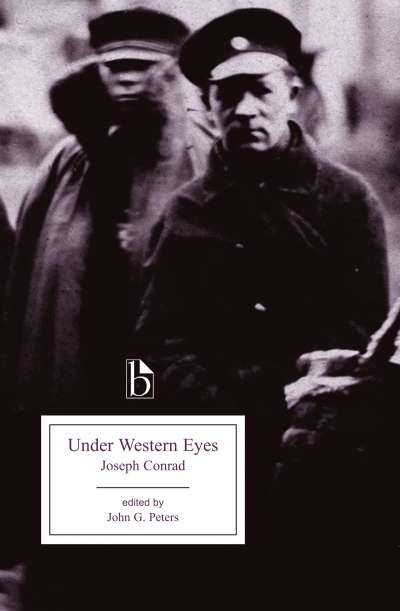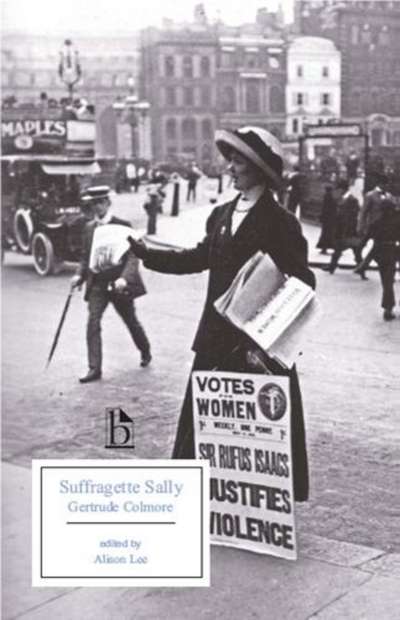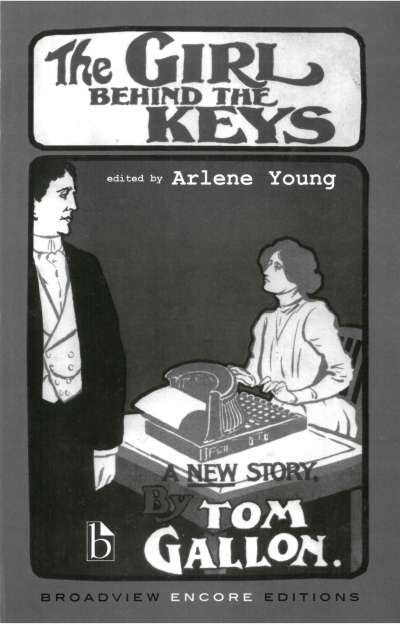The Secret Agent is set in the seedy world of Adolf Verloc, a storekeeper and double agent in late-Victorian London who pretends to sympathize with a group of international anarchists but reports on their activities to both the Russian embassy and the British government. As he is drawn further into a terrorist bombing plot, his family also becomes involved, with devastating consequences. Based on a real-life failed anarchist plot, The Secret Agent is both intimately engaged with its historical moment and profoundly relevant today.
This new Broadview Edition helps to recreate the historical context that informed Conrad’s preoccupations with global terrorism, human degeneration, the relativity of time, and the position of women.
Comments
“Tanya Agathocleous’s edition of Joseph Conrad’s The Secret Agent, a tale of espionage in the age of ennui, is an excellent, important, and timely addition to the Broadview list. In the first decade of the twenty-first century, the novel uncannily speaks to a range of concerns that continue to preoccupy us—metropolitanism and cosmopolitanism, political terror, degeneracy and the “ends” of history, the collapse of boundaries between domestic and public life, the State’s intrusion into the lives of its citizens—issues that insist on a deep and careful understanding of their historical antecedents. Professor Agathocleous has judiciously selected materials from Conrad’s moment that will effectively immerse students in the social, political, and intellectual milieu of Conrad’s novel.” — Joseph McLaughlin, Ohio University
“An outstanding edition. First-time readers will welcome the eloquent introductory essay, which places The Secret Agent in the context of both Victorianism and modernism, as well as the very useful supplementary materials on anarchism and degeneration. And those already familiar with the novel will be prompted to re-read it in light of Agathocleous’s claim that Conrad, along with his New Woman contemporaries, is exploring marriage and the condition of women as well.” — Amanda Claybaugh, Columbia University
Acknowledgements
Introduction
Joseph Conrad: A Brief Chronology
A Note on the Text
Author’s Note
The Secret Agent
Appendix A: London
- From Charles Dickens, Bleak House (1853)
- From Ford Madox Hueffer, The Soul of London: A Survey of a Modern City (1905)
Appendix B: Anarchism and Terrorism
- From The Times (16 February 1894)
- From Isabel Meredith, A Girl Among the Anarchists (1903)
- From Joseph Conrad, a letter to R.B. Cunninghame Graham (20 December 1897)
- From Joseph Conrad, a letter to R.B. Cunninghame Graham (7 October 1907)
- From Peter Kropotkin, “Anarchism,” Encyclopaedia Britannica (1910)
- Peter Kropotkin, “The Scientific Bases of Anarchy” (1887)
- From Report of the Royal Commission on Alien Immigration (1903)
- From The Saturday Review (9 June 1906)
Appendix C: Degeneration
- From Charles Darwin, Expression of the Emotions in Man and Animal (1872)
- From E. Ray Lankester, Degeneration: A Chapter in Darwinism (1880)
- From Cesare Lombroso, “Illustrative Studies in Criminal Anthropology: The Physiognomy of the Anarchists” (1890)
- From Max Nordau, Degeneration (1892)
Appendix D: Heat Death, Entropy, and Time
- From William Thomson, “On a Universal Tendency in Nature to the Dissipation of Mechanical Energy” (1852)
- From William Thomson, “On the Age of the Sun’s Heat” (1862)
- From Algernon Charles Swinburne, “The Garden of Proserpine” (1866)
- From Balfour Stewart and J. Norman Lockyer, “The Sun as a Type of the Material Universe” (1868)
Appendix E: Marriage and Feminism
- From Coventry Patmore, “The Angel in the House” (1863)
- From John Ruskin, Sesame and Lilies (1865)
- From Mona Caird, “Marriage” (1888)
- From Sarah Grand, “The New Aspect of the Woman Question” (1894)
- From Hugh E.M. Stutfield, “The Psychology of Feminism” (1897)
Appendix F: Contemporary Reviews
- Country Life (21 September 1907)
- E.V. Lucas, Times Literary Supplement (20 September 1907)
- New York Times Book Review (21 September 1907)
- Edward Garnett, The Nation (26 September 1907)
- William Morton Payne, The Dial (16 October 1907)
- Glasgow News (3 October 1907)
- John Galsworthy, Fortnightly Review (1 April 1908)
Select Bibliography
Tanya Agathocleous is Assistant Professor of English at Hunter College, City University of New York.


